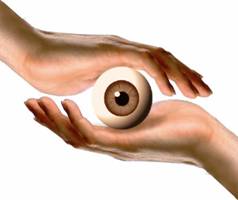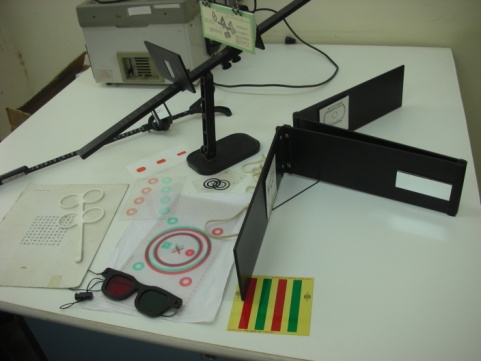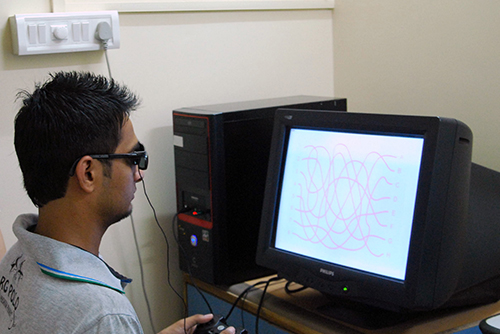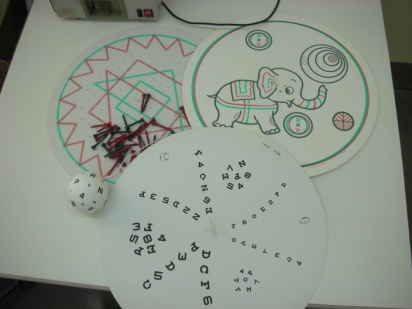Vision therapy is an individual treatment programme and special part of an optometric practice which helps to develop, improve and enhance the visual skills. It is advised to correct eye alignments and also Amblyopia (lazy Eye). Such skills include eye movement control, eye focusing and eye coordination between the two eyes.
Visual skills can be improved with proper training instructions. In vision therapy, the optometrist assigns necessary visual tasks to be practiced under controlled observations. Repetition of these tasks enhances vision by coordinating and improving eye movement, improving focusing ability and by straightening the alignment of the eyes. Vision therapy exercises can be advised to patients from 5years of age to 35 years of age. In addition to the use of lenses, prisms and filters, there are many different procedures that can be used in vision therapy. Some, using stereo-viewers, Tranaglyphs, video games, may seem like child’s play and can improve their concentration. More sophisticated equipment and instruments are also used to increase the eye’s ability to see and the brain’s ability to understand the visual information.
Success of vision therapy depends on the patient’s compliance and motivation to follow the optometrist’s instructions.
There is much more to vision than just seeing clearly. Vision is composed of many interrelated skills that can affect how well an athlete plays a sport. However, just proper exercise and practice can increase speed and strength; it can also improve visual efficiency and accuracy.
Because all sports have different visual demands, an optometrist with expertise in sports vision can assess an athletes unique visual system and recommend the proper eyeglasses or contact lenses, or design a vision therapy program to maximize visual skills for a specific sport.



